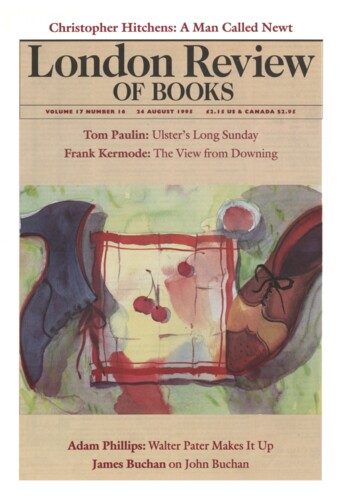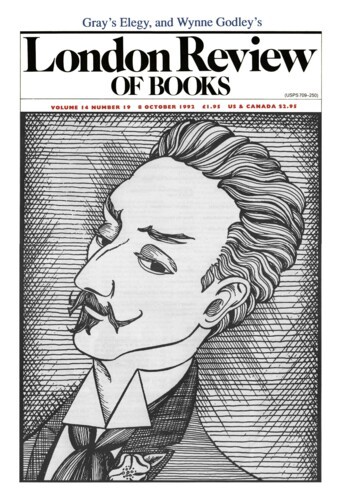Late July, hot and humid, I set out for Belfast via the small Shropshire town of Wem. Why Wem? Well, I’m working on a book about William Hazlitt, and feel the need to walk some of the ground he trod. His father, the Reverend William Hazlitt, ministered to a small ‘decayed’ Presbyterian congregation here. Hazlitt spent part of his childhood and youth in a house in Noble Street. The small meeting-house beside it is now a hotel garage, but it’s the site of one of the most famous moments in English – perhaps I should say British – Romantic prose. Here, Hazlitt painted his father’s portrait – the old Irish radical holds an open book which his son says is Shaftesbury’s Characteristics, an early work of aesthetics. He spent many days on the portrait, and one evening he laid down his brushes to go for a walk. It was then that he heard the news of Napoleon’s victory at Austerlitz and in a state of huge, irrecoverable elation saw the evening star set ‘over the poor man’s cottage’. It’s a Wordsworthian spot of time, a historical moment in the prose Prelude which Hazlitt’s readers assemble from his collected works. Out of piety and curiosity I wanted to see where it happened and to walk the road to Shrewsbury, where Hazlitt set out in 1798 for the momentous meeting with Coleridge which liberated his imagination and enabled him to become one of the masters of English prose style. Though he calls that year ‘the year of Demogorgon’, it’s not a date that strikes any historical chord in England now. And neither does the name Wem. It seems appropriate that this neglected figure should have grown up in this sleepy forgotten town.’
Late July, hot and humid, I set out for Belfast via the small Shropshire town of Wem. Why Wem? Well, I’m working on a book about William Hazlitt, and feel the need to walk some of the...





